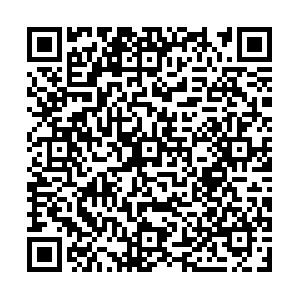摘要:
为尝试以群体取代个体作为轮虫室内毒性试验目标物的可行性,本项研究以萼花臂尾轮虫(Brachionus calyciflorus)作为实验生物开展相关实验,建立生命表并确定接种密度对于种群生长率的影响,并且用3种农药(毒死蜱、丁草胺、三唑酮)开展了轮虫毒性试验。生命表实验结果表明,轮虫的平均寿命和世代周期分别为(78.76±33.08)h和(51.56±20.55)h。接种密度实验结果表明,随着接种密度的提高,轮虫种群增长率呈下降趋势。基于接种密度实验的结果,毒性试验以35个·(100 mL)-1作为受试种群的起始密度,试验周期定为144 h。毒性试验结果显示,毒死蜱对轮虫的96 h-EC50和120 h-EC50分别为0.6066 mg·L-1和0.7323mg·L-1;丁草胺对轮虫的96 h-EC50和120 h-EC50分别为1.851 mg·L-1和3.058 mg·L-1;三唑酮对轮虫的96 h-EC50和120 h-EC50分别为12.84 mg·L-1和11.63 mg·L-1。本项研究的结果肯定了以群体取代个体作为轮虫室内毒性试验目标物的可行性。
Abstract:
To investigate the possibility of taking the populations instead of the individuals as object of indoor toxicity tests of rotifer, Brachionus catvciflorus was employed in this study to perform experiments to estabfish life-table and to determine population growth rates corresponding to different densities of inoculation. In addition to that, rotifer toxicity tests were performed using three types of pesticides, i.e. chlorpyrifos, butachlor and triadimefon. The experiment for life-table establishment indicated that the average lifetime and generation cycle of the rotifer were (78.76 ±33.08) h and (51.56 ±20.55) h, respectively. The experiments on inoculation density indicated that with increase in density of inoculation, growth rate of the populations decreased. Due to the information from the experiments, the toxicity tests started in density of 35 ind.(100 mL)-1 and the tests lasted 144 h. Result of the toxicity tests showed that 96 h-EC50 and 120 h-EC50 were 0.6066 mg·L-1 and 0.7323mg·L-1, respectively, for chlorpyrifos; they were 1.851 rag-L-1 and 3.058 mg·L-1, respectively, for buta-chlor; and the values were 12.84 mg-L-1 and 11.63 mg·L-1, respectively, for triadimefon. Result of the study af-firmed the possibility of taking the populations instead of the individuals as object of indoor toxicity tests of rotifers.

 点击查看大图
点击查看大图



 下载:
下载:
